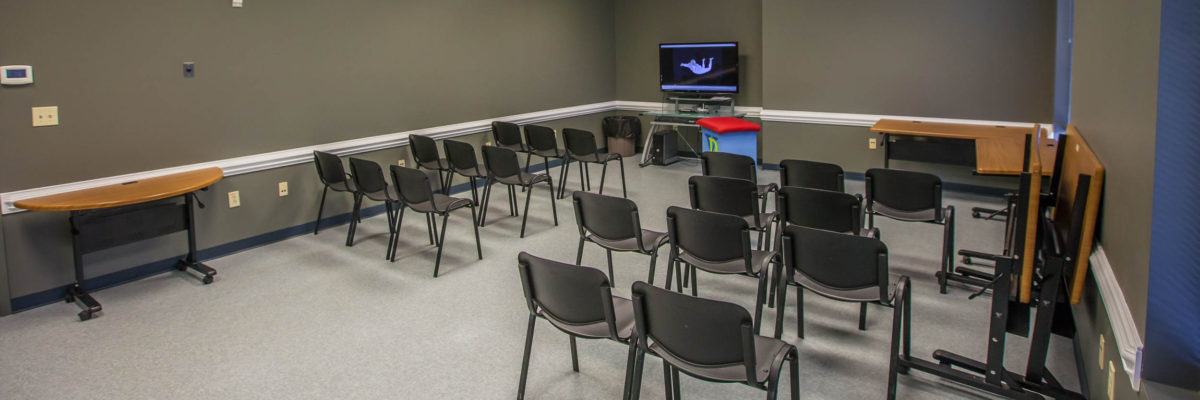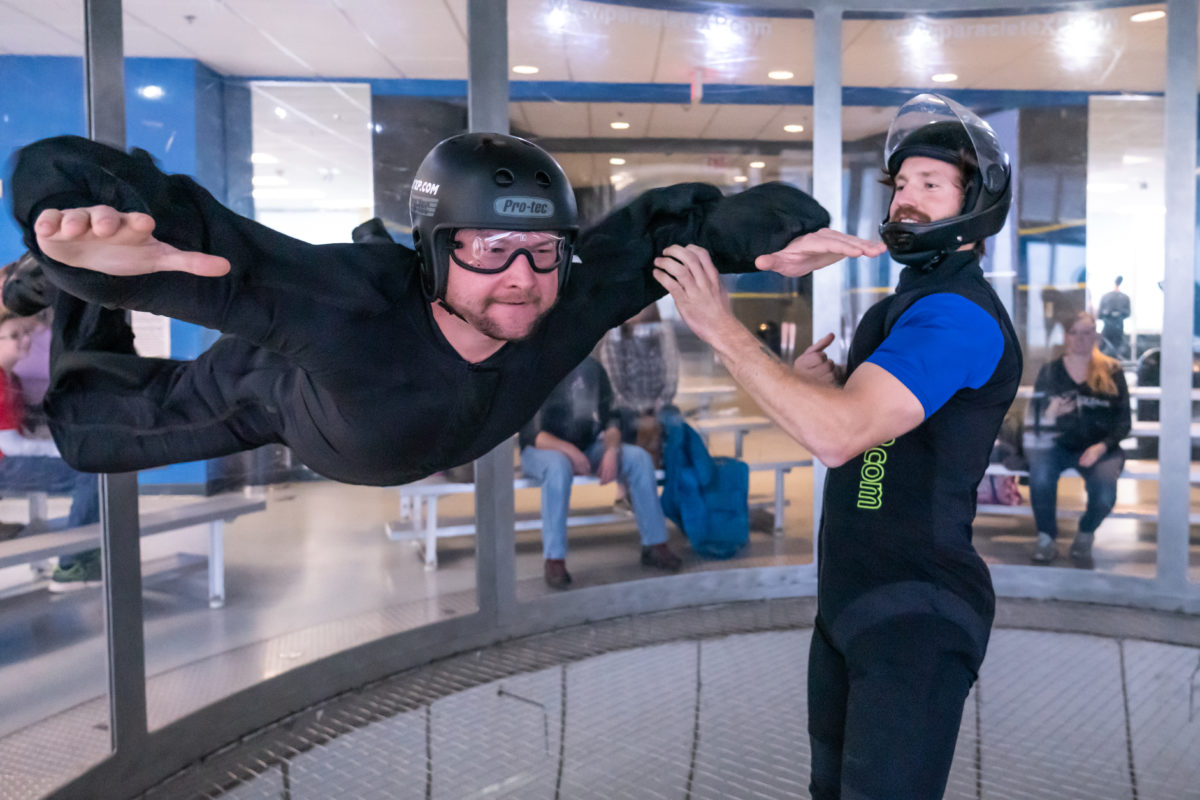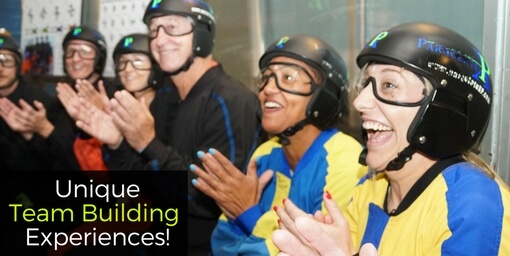
Inside the Indoor Skydiving Pre-Flight Briefing
Thursday, May 21, 2020
- Team XP
- 5/21/20
- 0
- Indoor Skydiving
The skills and techniques needed for indoor skydiving are unique. While good fitness and other sports that involve body awareness help you to get going in the right direction, everyone starts in the same spot with indoor skydiving — even the instructors.
The idea of zooming about in a glass tube with 100-plus miles per hour winds might have you asking yourself how safe indoor skydiving is. If you were to fly in the wind tunnel with zero training or information, it would be difficult and possibly hazardous, but with just a small amount of time spent beforehand, you will find confident and suitably yourself ready to go. This important information is covered in the pre-flight briefing, where you join your instructor in a classroom area to learn a few details about how to fly and a handful of safety procedures.
Over time, all indoor skydiving instructors develop their own individual style of making sure new flyers are correctly prepared but there are a few important things that all pre-flight briefings contain.
How To Arch
A nice arch shape with your body creates stability — hips down, chin up, arms and legs up high. During the classroom briefing, your instructor will likely have a volunteer, or maybe everybody, demonstrate what a good flying position looks like on the horizontal bench. If you go, this feels like hard work even for a short time, but when you are actually flying the wind holds you up and it feels comfortable and natural.

Hand Signals
Because it is too loud for talking in the wind tunnel, communication is achieved by simple hand signals. Here are some of the ones you will be introduced to right away:
- Chin Up: Everything is connected. Head to spine, spine to hips. Keeping your chin up helps maintain a nice arch position and means that everyone can see your smiling face. This is usually indicated by a single finger pointing upwards.
- Legs In/Out: Your legs are a strong part of your body and getting them in the right place is key to finding a neutral flying position on which to build skills. Your instructor will show you two fingers extended or curled for either legs smoothly in or out a bit.
- Relax: If you are tense while flying, it feels more difficult than it really is. As soon as you relax, everything makes sense and it feels amazing. An instructor’s directive to relax is indicated with the widely recognized shaka sign — thumb out, pinky out, relax, awesome.
- Thumbs Down: Wanting to get out of the chamber early is unusual because flying feels awesome, but, if for any reason you need to get out, putting your thumbs down will indicate this to the instructor. Time allowing, you can probably get back in.
Safety Tips
Incidents and accidents of any kind are very rare in indoor skydiving, but there are a few important common-sense rules to follow when heading into the staging area and flight chamber.
- Tie Your Shoes Tight: Sensible shoes with laces are important. If your shoe comes off while flying, nothing bad happens to you but the tunnel will destroy it.
- Nothing In Your Pockets: Even if your pockets are super secure, you must remove everything. Flapping material will wriggle things out of even the tightest pockets and turn items into dangerous missiles.
- Keep Your Stuff On: The safety gear provided for indoor skydiving — goggles and helmets — is for your personal safety so keep wearing it for the duration of your class. As mentioned above, loose items in the staging area can quickly turn into dangerous projectiles.
Communication
If you are worried about communicating with your instructor, don’t be! While it is too loud to talk to each other in the tunnel, instructors become very skilled at introducing new people to indoor skydiving. This is done through the hand signals described above, but also through body language, gestures, and even lip-reading. You will be surprised how easy it is to communicate and how good the tunnel staff is at making indoor skydiving very safe and enjoyable.
Further Training
Tunnel instructors’ primary role is introducing people to indoor skydiving for the first time, but they are highly trained and qualified to teach ongoing skills. Don’t be afraid to ask your instructor about the next steps — they’ve all developed slightly different styles of teaching to reach every type of new flyer. Join us for your first indoor skydiving experience!

I surprised my kids today with a flight. At first they were worried but after they went through the instruction and their 1st flight they had a great time. They smiled for hours after we left. Instructors were very knowledgeable and friendly. This was well worth the drive and cost involved. We will be back. Thank you for being a great place to take kids. Keep up the good work.
James Griffin
Copyright © 2024, Paraclete XP Indoor Skydiving, All Rights Reserved.
DropZone Web Design & Marketing by Beyond Marketing, LLC